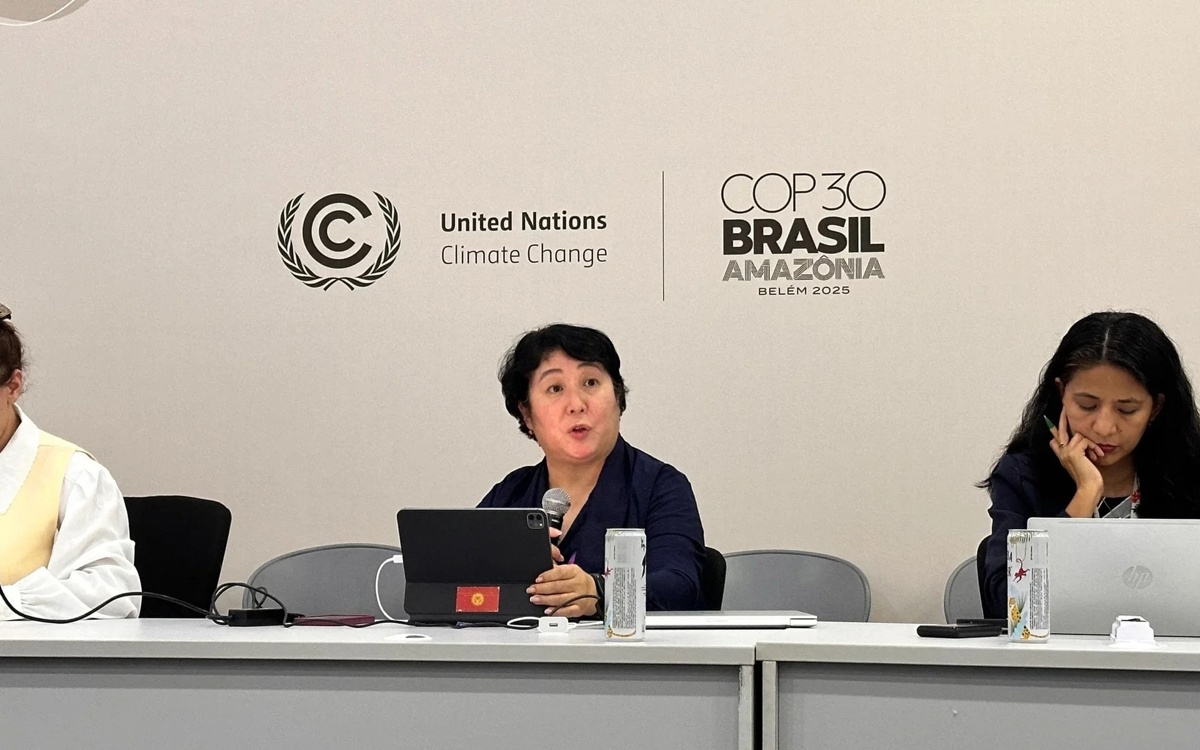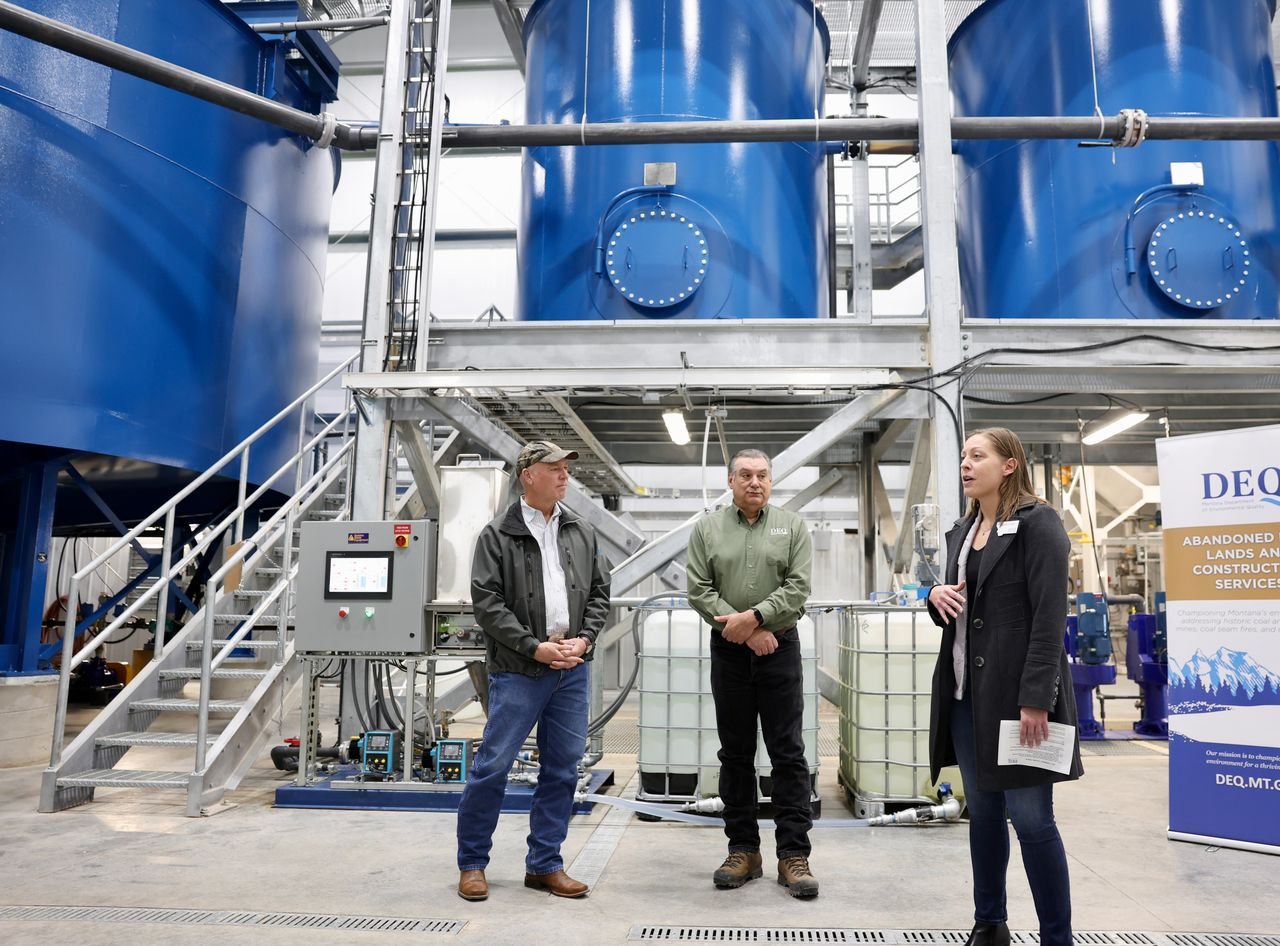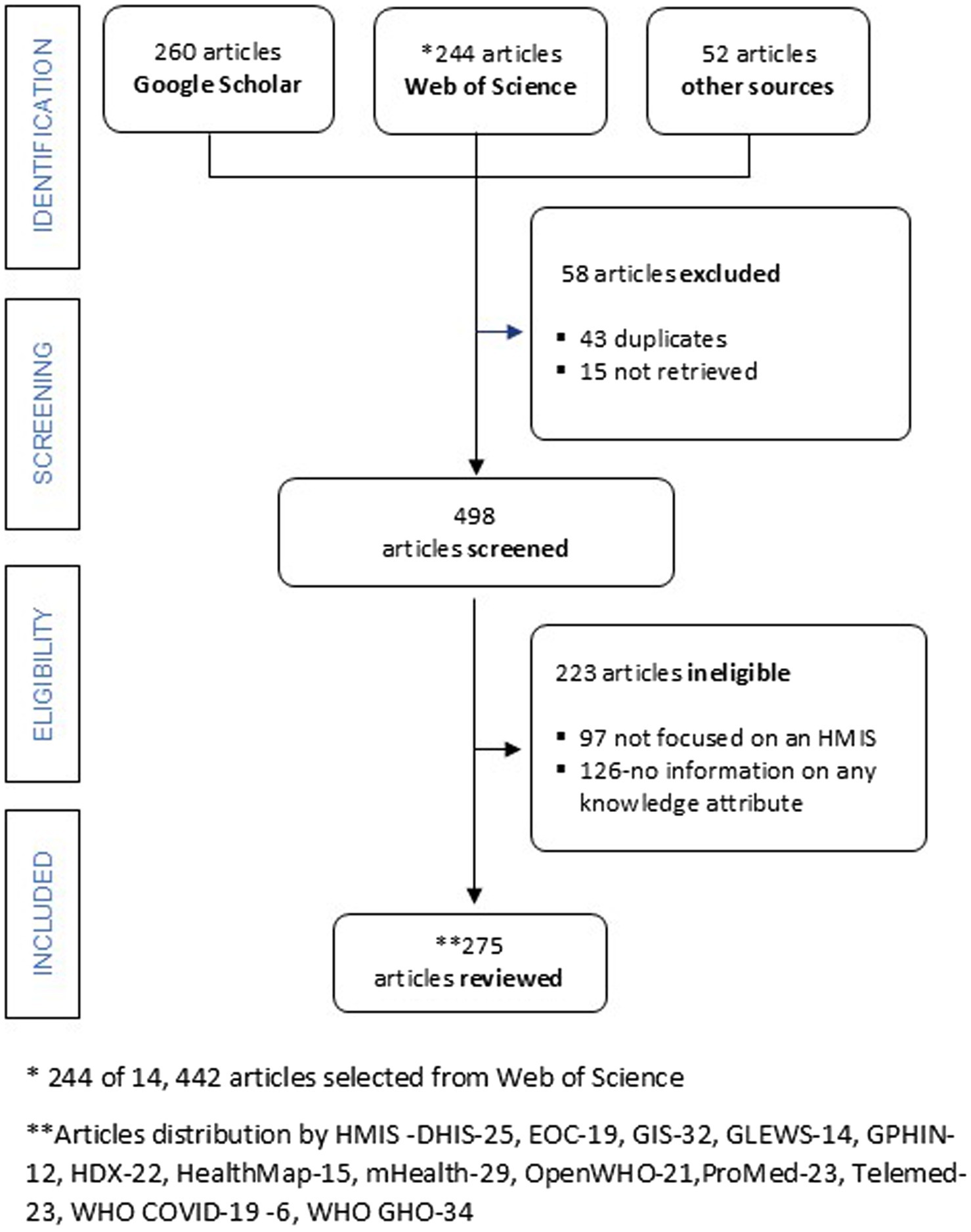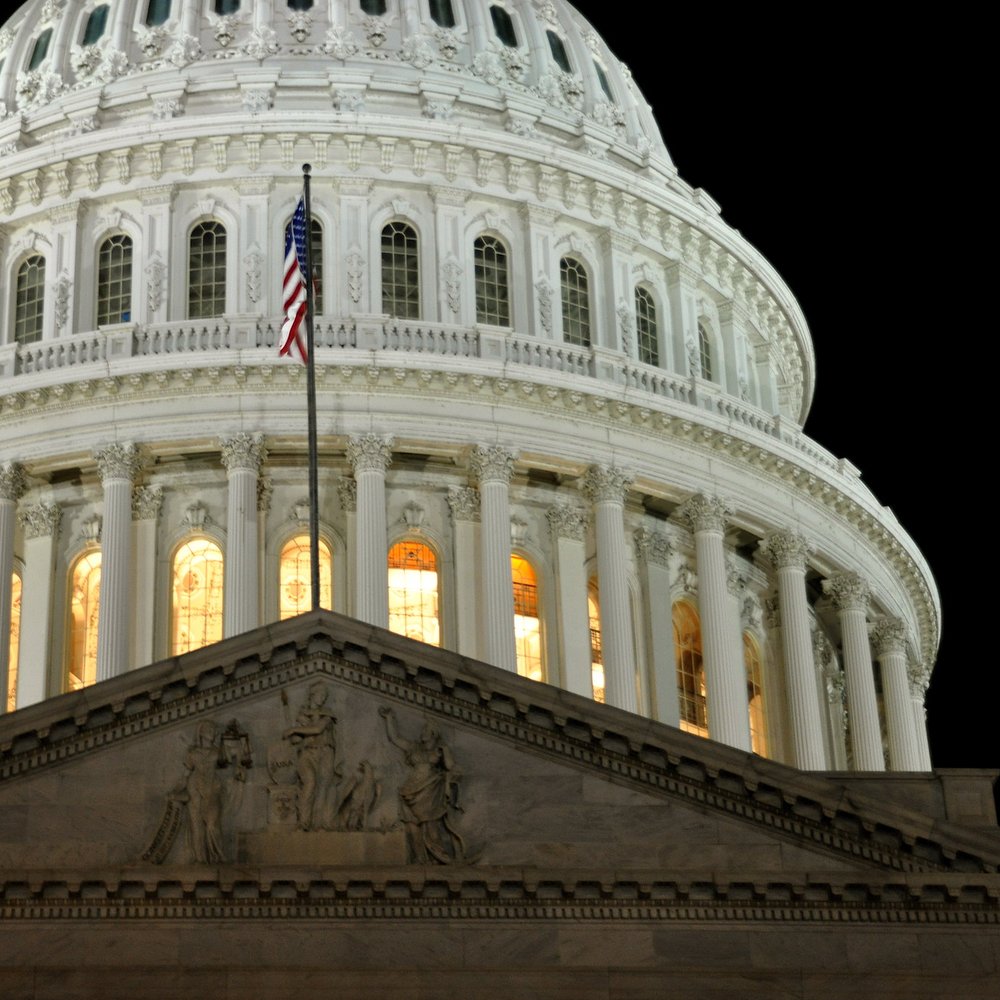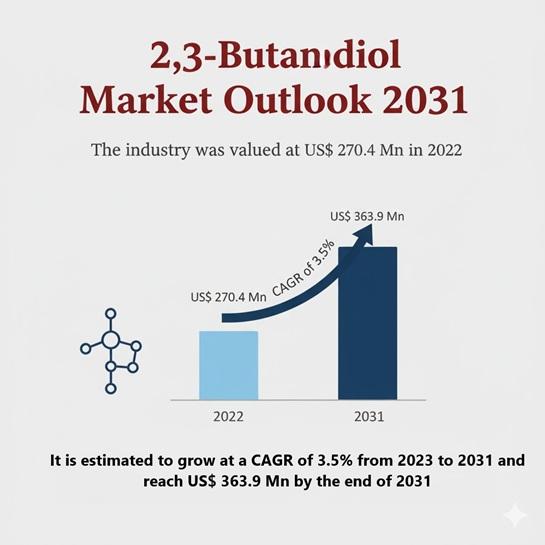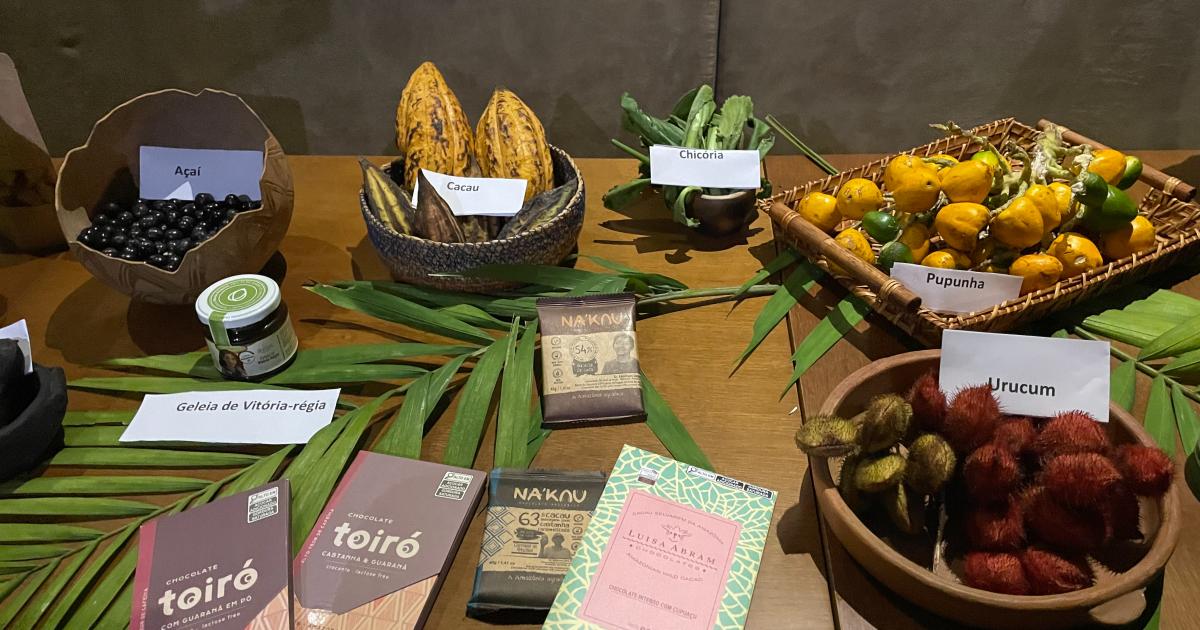US drops tariffs on hundreds of Peruvian agricultural products – MercoPress

Report on the Expansion of US-Peru Trade and its Alignment with Sustainable Development Goals
Executive Summary
On November 17, 2025, the United States government approved an Executive Order expanding tariff-free access for over 200 new Peruvian products. This measure, confirmed by Peru’s Minister of Foreign Trade and Tourism, Teresa Mera, significantly enhances Peru’s economic landscape and aligns with several key United Nations Sustainable Development Goals (SDGs). The expansion focuses heavily on agricultural goods, restoring competitive conditions for Peruvian producers and reinforcing the bilateral partnership for sustainable development.
Economic Impact and Contribution to SDG 8 (Decent Work and Economic Growth)
The trade expansion directly promotes sustained, inclusive, and sustainable economic growth, full and productive employment, and decent work for all (SDG 8). Key economic outcomes include:
- A year-on-year export growth to the United States of 8.2% between January and September 2025, reaching a total of US$6.708 billion.
- The generation of approximately one million direct and three million indirect jobs, providing a critical source of employment and economic stability.
- Restoration of competitive conditions for Peruvian producers, with nearly 50% of Peru’s exports to the US now exempt from reciprocal tariffs.
- A growing supply of value-added products, indicating economic diversification and industrial upgrading.
Advancing SDG 2 (Zero Hunger) and SDG 12 (Responsible Consumption and Production)
The agreement places a strong emphasis on the agricultural sector, which is fundamental to achieving Zero Hunger (SDG 2) and promoting sustainable production patterns (SDG 12). The United States remains the primary destination for Peru’s agricultural exports.
- Portfolio Expansion: Approximately 100 of the new tariff-free products originate from Peru’s agricultural sector.
- High-Value Exports: In 2024, key agricultural products generated US$1.2 billion in exports to the US. These include:
- Fresh produce (avocados, mangoes, ginger, lemons, oranges)
- Commodities (coffee and cocoa)
- Value-added goods (natural fruit juices)
- Sectoral Support: The measure strengthens the agricultural and fishing sectors, enhancing food security and supporting the livelihoods of millions involved in sustainable food production.
Strengthening Global Partnerships and Reducing Inequalities (SDG 17 & SDG 10)
This bilateral trade measure serves as a practical application of SDG 17 (Partnerships for the Goals) and contributes to SDG 10 (Reduced Inequalities).
- Bilateral Cooperation: The Executive Order strengthens the economic partnership between the United States and Peru, fostering a more equitable global trading system.
- Market Access: By granting preferential access, the United States helps reduce trade barriers and economic inequalities, providing Peruvian producers with a more level playing field in a major global market.
- Poverty Reduction (SDG 1): The substantial job creation linked to the export sector is a direct mechanism for poverty alleviation, increasing household incomes and contributing to the eradication of poverty in all its forms.
Analysis of Sustainable Development Goals in the Article
-
Which SDGs are addressed or connected to the issues highlighted in the article?
The article on the expansion of Peruvian tariff-free exports to the United States connects to several Sustainable Development Goals (SDGs) focused on economic growth, poverty reduction, food security, and international partnerships.
- SDG 1: No Poverty – The article highlights that exports are a major source of employment, creating millions of jobs. Job creation is a critical pathway to reducing poverty by providing stable incomes to individuals and families.
- SDG 2: Zero Hunger – The agreement heavily features agricultural products, including fresh produce and commodities like coffee and cocoa. Strengthening the agricultural sector through increased exports can improve the livelihoods of farmers and contribute to food security.
- SDG 8: Decent Work and Economic Growth – This is a central theme. The article explicitly discusses export growth (an 8.2% increase), the economic value of these exports (US$6.708 billion), and the creation of “one million direct and three million indirect jobs,” all of which are core components of SDG 8.
- SDG 17: Partnerships for the Goals – The entire article is about a bilateral trade agreement between Peru (a developing country) and the United States. This executive order represents a partnership aimed at fostering economic development through international trade.
-
What specific targets under those SDGs can be identified based on the article’s content?
Specific targets can be identified by linking the article’s details about trade, job creation, and agricultural exports to the official SDG framework.
- Under SDG 2 (Zero Hunger):
- Target 2.b: “Correct and prevent trade restrictions and distortions in world agricultural markets…” The article directly addresses this by describing the removal of tariffs on Peruvian agricultural products, which is a form of trade restriction. The measure “restores competitive conditions for producers.”
- Under SDG 8 (Decent Work and Economic Growth):
- Target 8.1: “Sustain per capita economic growth…” The article’s mention of an “8.2% increase year-on-year” in exports to the US is a direct contributor to Peru’s overall economic growth.
- Target 8.3: “Promote development-oriented policies that support productive activities, decent job creation…” The tariff exemption is a development-oriented policy that supports Peru’s productive export sector and leads to the creation of millions of jobs.
- Under SDG 17 (Partnerships for the Goals):
- Target 17.11: “Significantly increase the exports of developing countries…” The article is a clear example of this target in action, detailing a measure that boosts exports from Peru, a developing country, to the US market. The text notes that these products generated “US$1.2 billion in exports” in 2024 alone.
- Under SDG 2 (Zero Hunger):
-
Are there any indicators mentioned or implied in the article that can be used to measure progress towards the identified targets?
Yes, the article contains several quantitative and qualitative data points that can serve as indicators to measure progress.
- For Target 2.b, an indicator is the reduction or elimination of tariffs. The article explicitly states the “tariff exemption” for over 200 new products, correcting a previous trade restriction.
- For Target 8.1, a key indicator is the growth rate of exports. The article provides a specific figure: “an 8.2% increase year-on-year” for exports to the US between January and September 2025.
- For Target 8.3, a direct indicator is the number of jobs created. The article quantifies this by stating that exports generate “approximately one million direct and three million indirect jobs.”
- For Target 17.11, the primary indicator is the value and volume of exports from a developing country. The article provides the monetary value of the affected exports (“US$1.2 billion in 2024”) and the total export value to the US (“US$6.708 billion” from Jan-Sep 2025). It also mentions that “nearly 50% of Peru’s exports to the US are now exempt from reciprocal tariffs.”
-
Create a table with three columns titled ‘SDGs, Targets and Indicators” to present the findings from analyzing the article.
SDGs Targets Indicators Identified in the Article SDG 1: No Poverty 1.1: Eradicate extreme poverty. Number of jobs created from exports (one million direct, three million indirect). SDG 2: Zero Hunger 2.b: Correct and prevent trade restrictions in world agricultural markets. Removal of tariffs on over 200 new products, including about 100 agricultural items. SDG 8: Decent Work and Economic Growth 8.1: Sustain per capita economic growth. Year-on-year export growth rate (8.2% increase). 8.3: Promote policies that support productive activities and decent job creation. Total number of jobs supported by the export sector (4 million total). SDG 17: Partnerships for the Goals 17.11: Significantly increase the exports of developing countries. Value of newly tariff-exempt exports (US$1.2 billion in 2024); Total value of exports to the US (US$6.708 billion from Jan-Sep 2025).
Source: en.mercopress.com
What is Your Reaction?
 Like
0
Like
0
 Dislike
0
Dislike
0
 Love
0
Love
0
 Funny
0
Funny
0
 Angry
0
Angry
0
 Sad
0
Sad
0
 Wow
0
Wow
0























